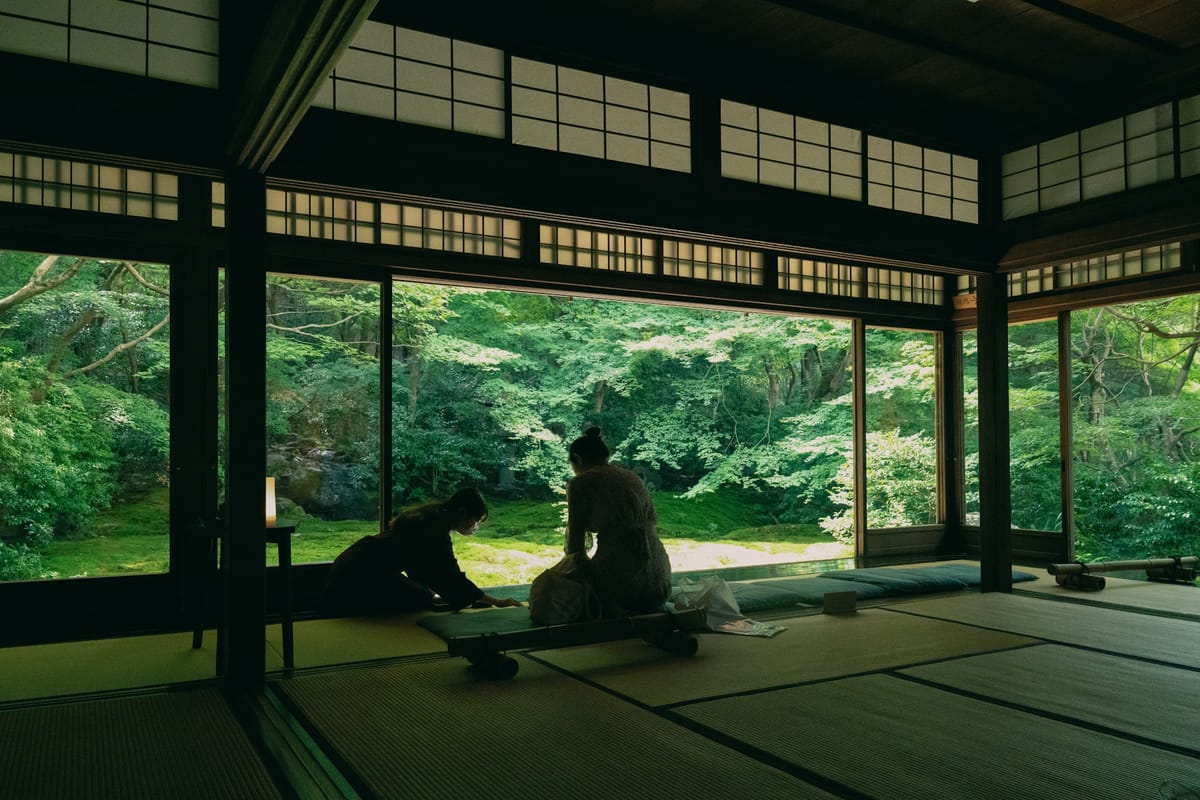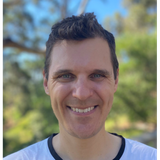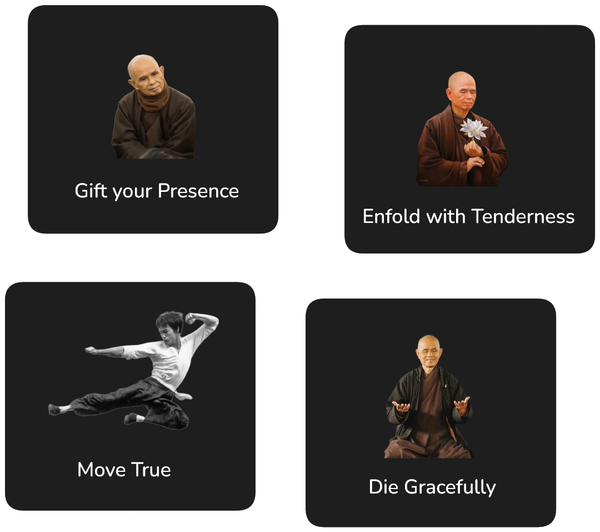Review of 'Opening the Hand of Thought' by Kosho Uchiyama
My notes on the book 'Opening the Hand of Thought' by Kosho Uchiyama.

Opening the Hand of Thought by Koshou Uchi-yama is considered one of the classics of Zen literature, and I do appreciate the practical advice it contains.
However, overall, this book was very tough to read. It felt long and dry.
Nonetheless, I found there were many good ideas buried within it.
Reading it felt like attending a lecture where the lecturer is not particularly engaging or interesting, but you still manage to learn a lot.
For me, that is exemplified by how many quotes I find worth saving from a particular book. In this case, a respectable fifty-nine quotes.
In terms of the ideas I found interesting, the book is really about a particular type of Zen that focuses on the practice of Zazen, also known as "just sitting." Practitioners of this branch of Zen dedicate significant time to simply sitting, aiming to empty their minds and do nothing except sit.
This practice is taken to an extreme in something called sesshin, which the author describes as a monthly event involving sitting meditation for an entire week, often in a meditation room, with no instructions or prompts: just sitting and attempting to empty the mind of everything. I found this quite fascinating, as it was something I did not know much about. While I am not personally drawn to this level of practice, I do see that there is a certain rationale behind it.
Some of the ideas about meditation presented in the book are also noteworthy. There is a criticism of the modern narrative around meditation and its supposed benefits. The author argues that meditation, when separated from the philosophical foundations of Buddhism, is essentially empty. For Zen, meditation is not performed simply to achieve a specific goal—such as reducing stress or becoming a kinder person—but is a deep spiritual practice that is integral to one's life. Meditation is treated as both the beginning and centre of practice.
Among other points, he states that the form of meditation he teaches should not be performed merely as a means to an end. Meditation is a goal in itself. I believe this is true; from "just sitting," one can gain many insights.
He also presents the idea that, during meditation, typically one of two things happens: either you find yourself flooded with thoughts, or you become sleepy. He suggests that having many thoughts is not inherently bad, but simply what happens, and with gentle effort, you return to emptying your mind. On the other hand, becoming sleepy is also unhelpful, so you strive to be more alert again. He notes that, fortunately, in his practice centre, this did not involve being struck with a stick, which, apparently, is a common practice in many Japanese centres.
There was a quote related to this aspect which I particularly liked, and it ties into the idea of driving:
"We can drive safely only when we are relaxed and at the same time wide awake."
This is a powerful principle—when driving, being stressed or restless makes you a dangerous driver, but being sleepy does the same. There is a middle way in which we function best, which also applies in meditation. Importantly, the author always reiterates that it is not bad to have thoughts or to get sleepy; it's simply what happens, and one should gently course correct without judging oneself for practising "badly."
I also enjoyed that he studied Christianity extensively in his youth and cites from it as well, which enriches the Buddhist discourse. One quote I liked comes from I Corinthians 10:31: "Whether you eat or drink or whatever you do, do all to the glory of God." I thought this was a very beautiful sentiment.
There are also excellent discussions around the idea of aimlessness. The author notes that he engages in social projects and helps others, but he does so with a very specific mindset.
This is something that is difficult to fully grasp, but it is common among Zen masters, including Thich Nhat Hanh. Another quote that stood out for me was:
It is not to profit personally or to become famous that we take good care of things, devote ourselves to our work, love those whom we encounter, or demonstrate our concern for social problems. When I take care of my own life, I take care of the world as my own life. I do this moment by moment, and in each situation I enable the flower of my life to bloom, working solely that the light of buddha may shine.
This beautifully weaves together the idea of aimlessness with the concept that we are not different from the world; the world and ourselves are one and the same. The best we can do is to be pure and to act with purity. This, in itself, brings purpose to life.
I also appreciated the way the book concluded, as it is written from the perspective of an old man. The author was an abbot for ten years, deliberately stepping down after that period to make room for someone younger. He then describes his current practice, as reflected in another quote:
As an old man I have my own practice. It is different from that of youth. It is not working facing outward, but just facing inward, gazing at myself. And like the clouds that disappear into the expansive sky I, too, will disappear quietly.
I thought this was a lovely reflection.
In summary, the book is somewhat difficult to read and can be boring at times (much like these extended meditation sessions themselves I assume 🤭) but it contains a wealth of interesting knowledge.
While I do not see Zen as the ultimate or right way for myself (as I can barely sit for ten minutes to meditate), I would not recommend reading this book simply in order to adopt the Zen approach outlined within. I cannot judge whether it is sufficient for that purpose. Regardless, the book provides genuine new perspectives on life, even for those not specifically interested in using it as a guide to Zen, and this makes it valuable.





